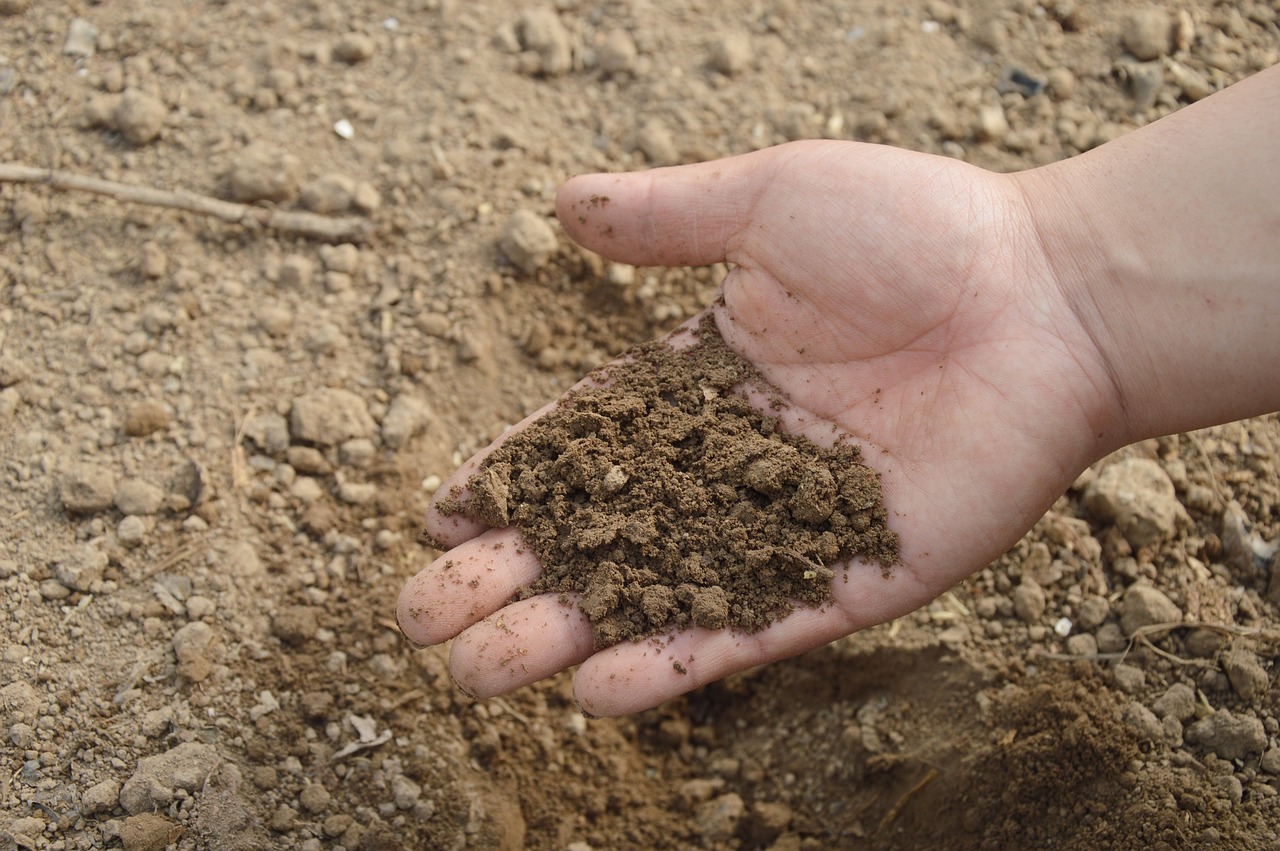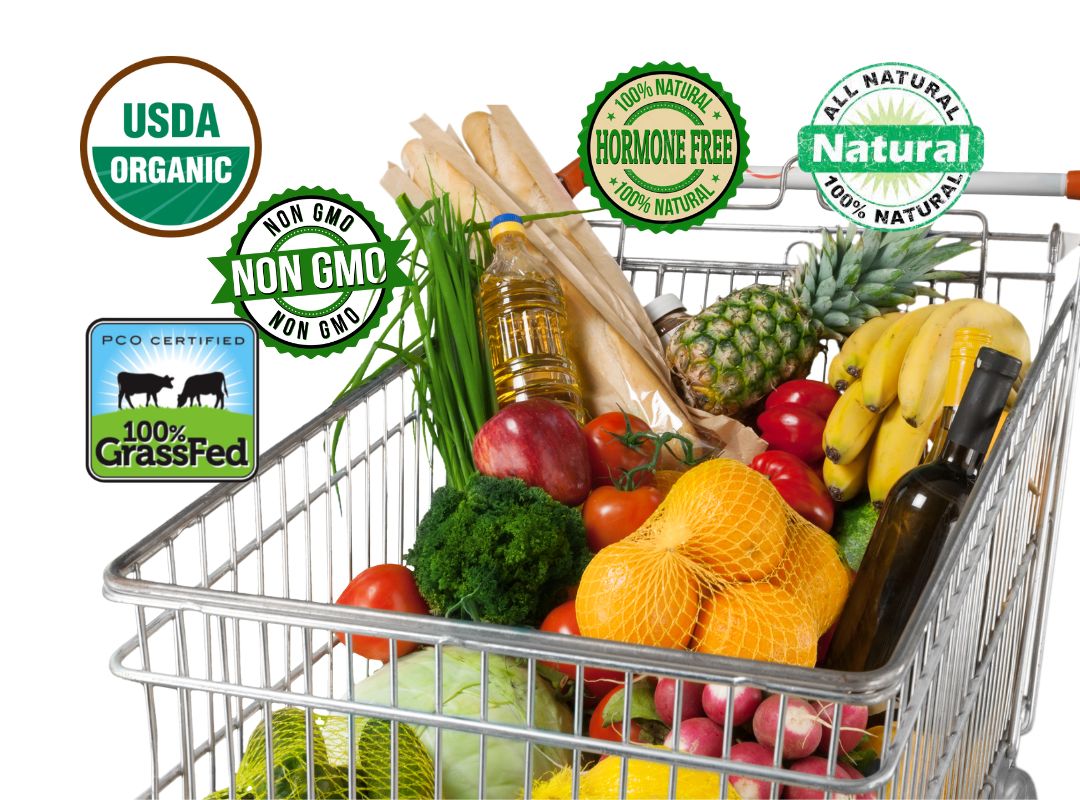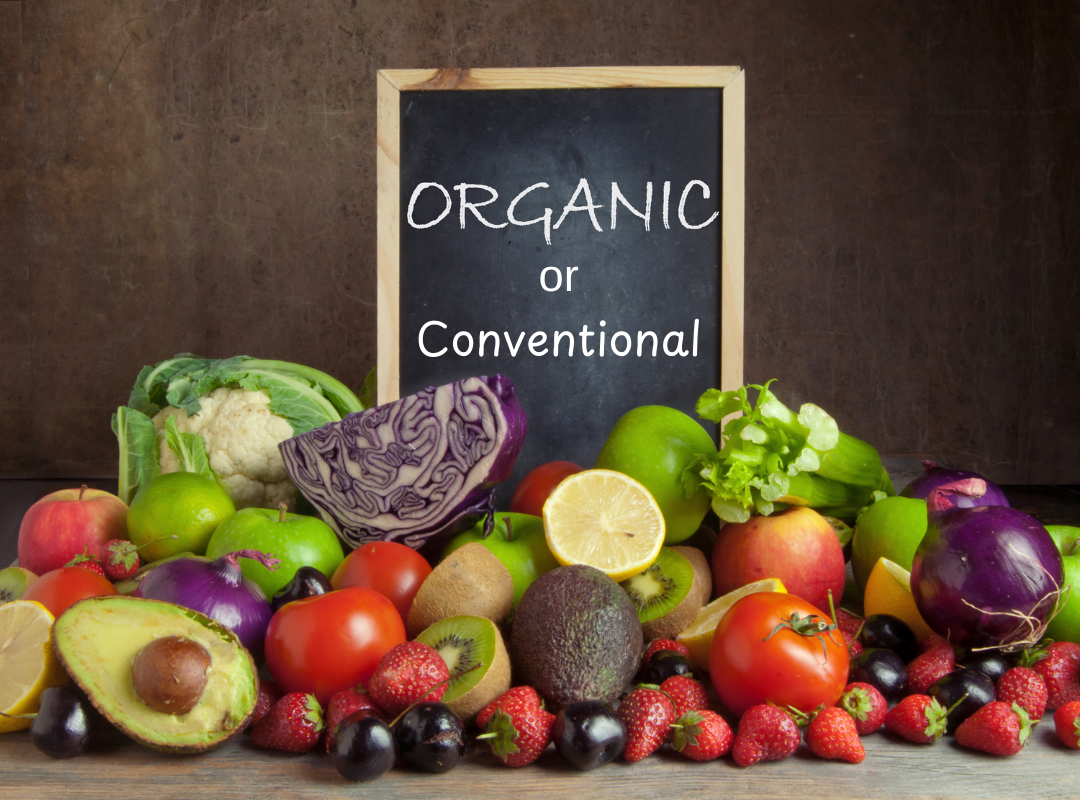Apples and the Science of Genetic Selection
Students will distinguish between natural and artificial selection and use a student-centered learning activity to see how science and genetics have been used to artificially select apples for specific traits like color, texture, taste, and crispness.





